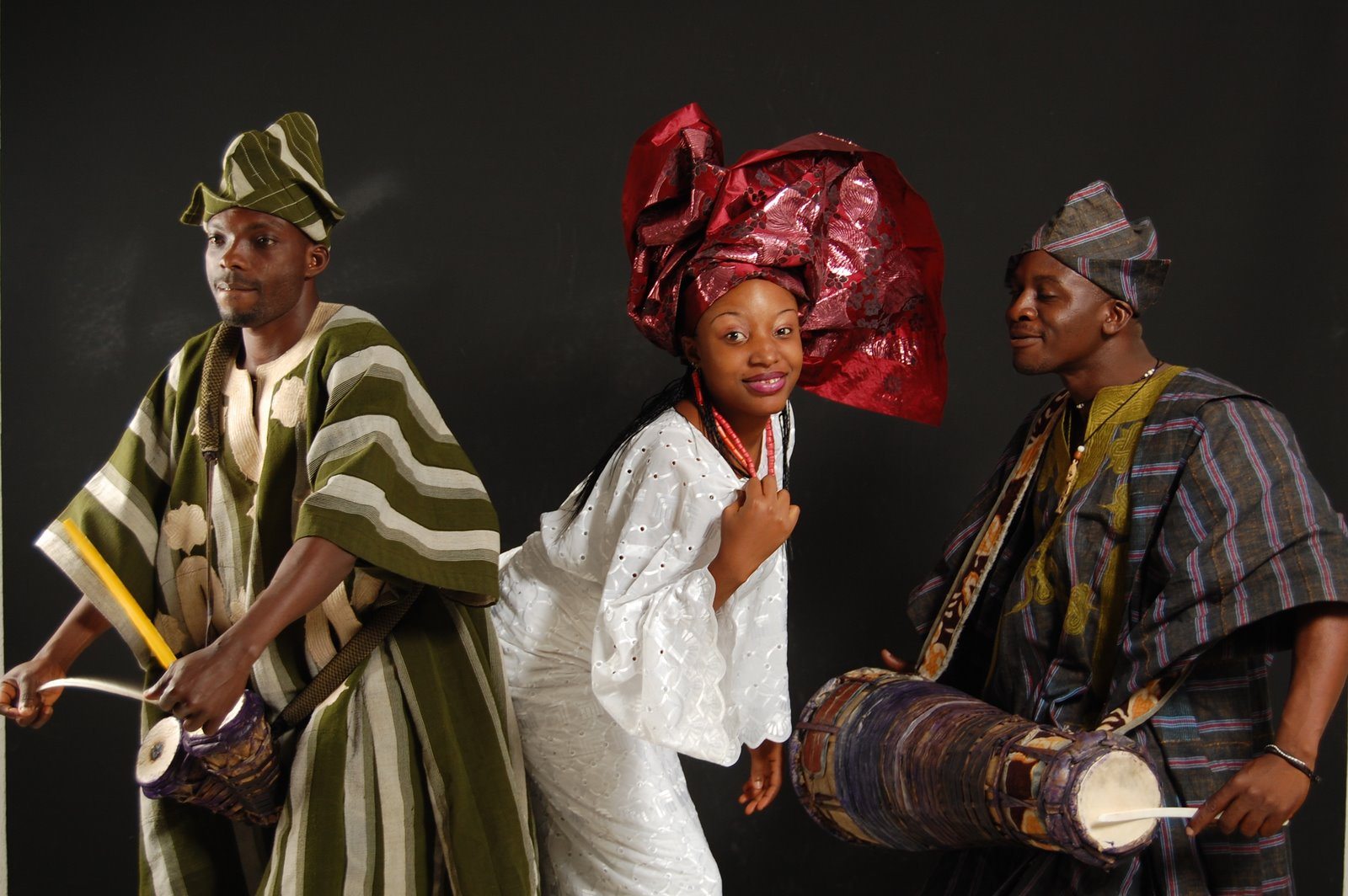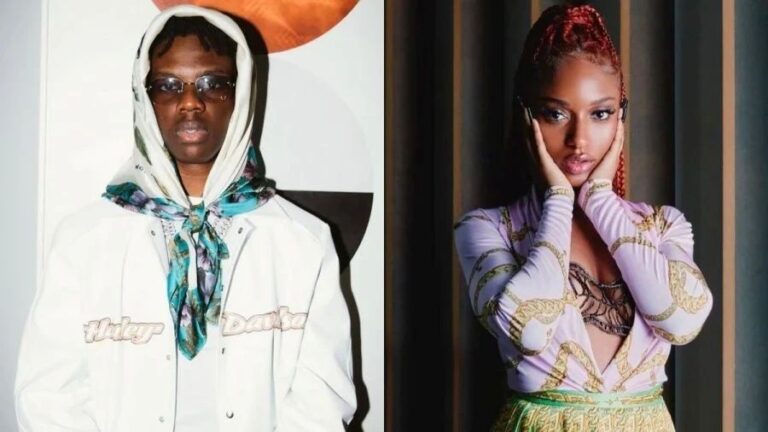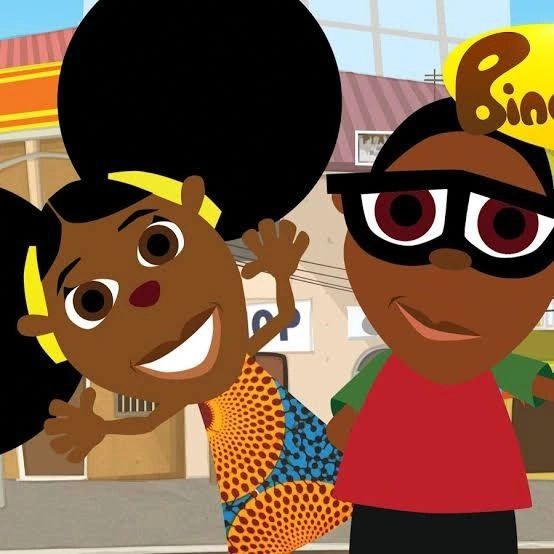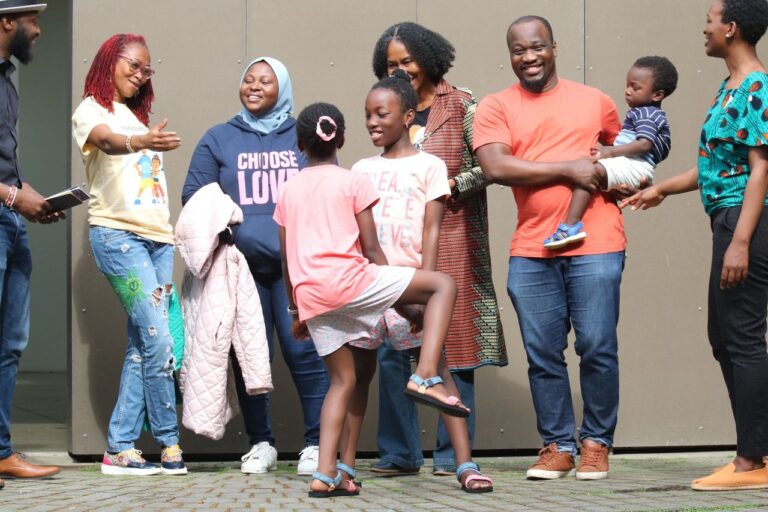The traditional attire of the yoruba people of west africa
The Yoruba culture is one of the major cultures of the Nigerian people in West Africa. They are one of the biggest ethnic groups in West Africa and are well known for their colourful customs, rich cultural heritage, and unique clothing. Yoruba attire signifies the profound cultural legacy and artistic skills of this ethnic group, from formal events to daily attire.

Yoruba traditional clothing is centred around the “aso-oke,” a handwoven cloth created from cotton or silk threads that are sourced locally. Different colours, patterns, and designs are available for aso-oke, and each variation has a symbolic meaning. Often adorned with elaborate motifs like geometric patterns, stylized animals, or historical symbols, the fabric is carefully woven on narrow looms.

For special occasions such as weddings, festivals, or coronations, the Yoruba men adorn themselves in “Agbada”(flowing robe) and “Fila”(cap). The vest worn under the Agbada is called “Awotele” and, there are two types; the buba, a loose, round-neck shirt with elbow-length sleeves; and the dansiki, a loose, round-neck, sleeveless smock. The fila is often adorned with embroidery or beads and is designed in a variety of styles, such as the “Abeti-aja”(dog-ear) or “gobi”(cylindrical) designs.
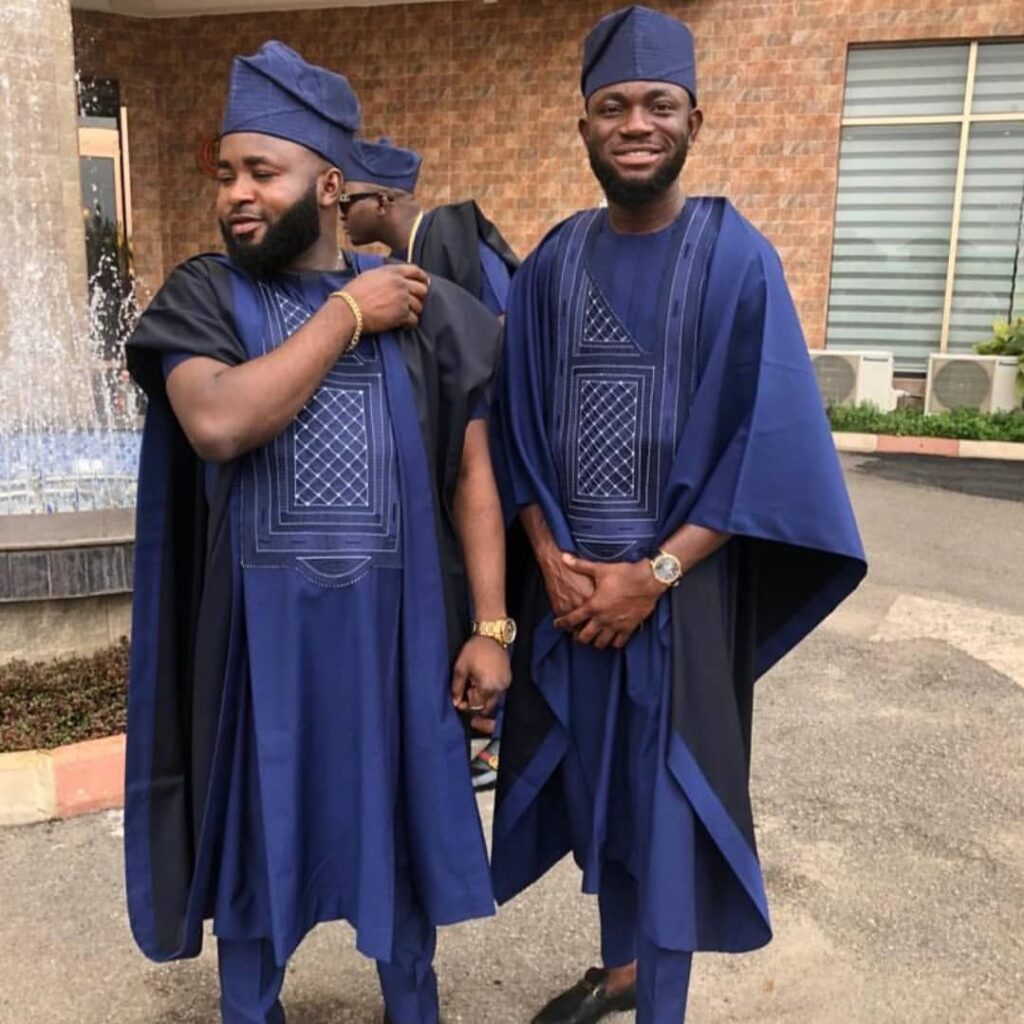
Worn exclusively by men, the fila fits snugly around the head and is commonly worn pushed to one side, resting above the wearer’s ear. However, it can be “shaped” in a variety of ways, according to the personal taste of the wearer. It is said by some that fila when worn to the right signifies an unmarried man, while wearing it to the left indicates a married man.

The women adorn themselves in “Buba”,” Iro”, and “Gele”.The buba is a loose-fitting blouse with elaborate necklines and sleeve styles, the Iro is a wrap-around skirt tied at the waist, and the Gele is a head tie.
Yoruba women’s clothing, adorned with beads, jewellery, and other accessories, celebrates femininity and cultural identity. These clothes’ patterns and colours express ideas about the wearer’s societal status, age, family history, or the importance of the occasion.
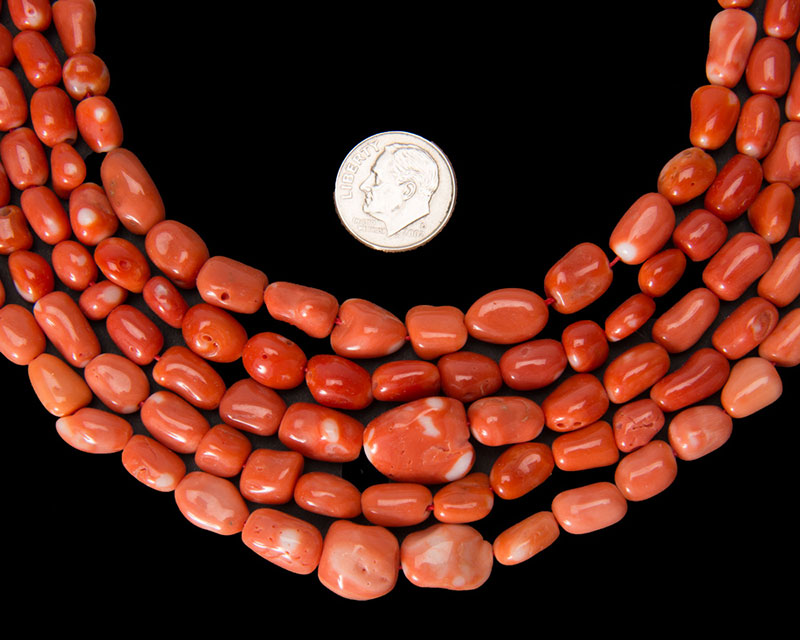
Yoruba attire is more than just attire; it is a dynamic representation of customs and values that date back many centuries. Generations within and outside West Africa are captivated and inspired by the everlasting elegance and significance of Yoruba attire, even as the world changes.

